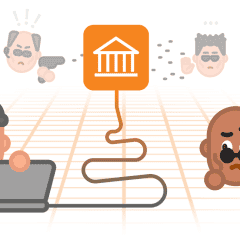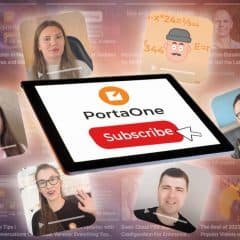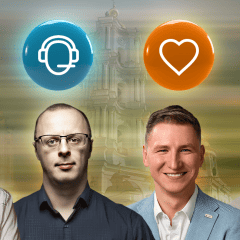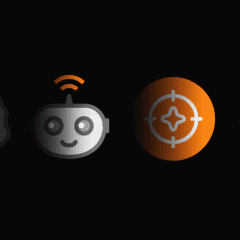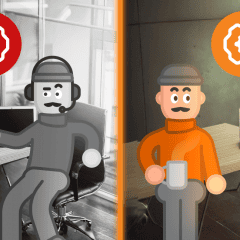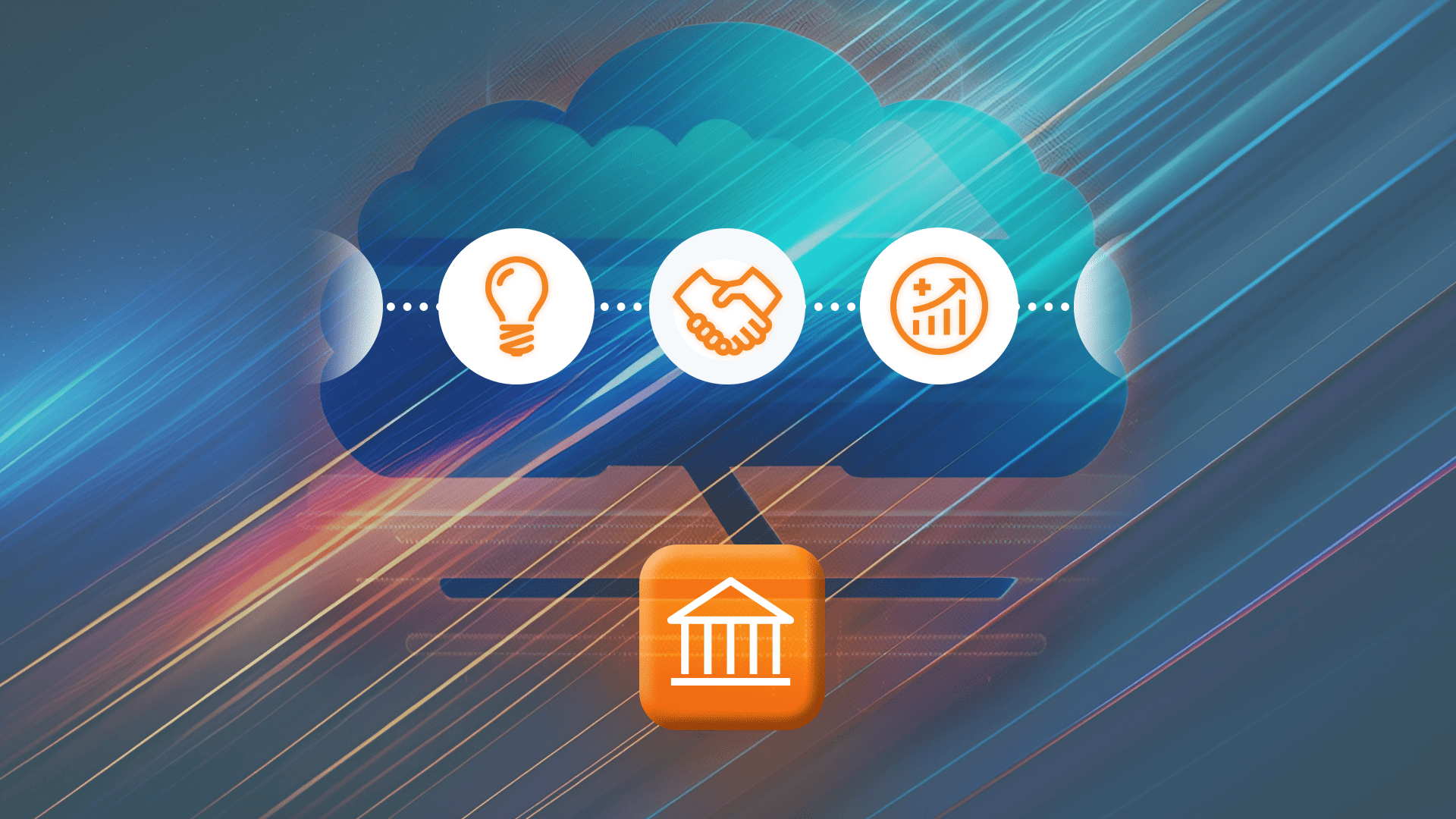In part one of our CPaaS ecosystem analysis, we figured out why the CPaaS (communications platform as a service) business model is thriving and growing. We also discovered the two originators of the CPaaS ecosystem: Twilio, the “first mover,” and Nexmo, the “first follower.” (Note: Nexmo recently became part of Ericsson.)
In today’s story, we’ll dig deeper into the finer points of the larger CPaaS ecosystem and discover some of the other players in the game. That’s right: a few corporations are now successfully copying Twilio and Nexmo. But there are more exciting trends, too – like the vendors and telcos that are increasingly adopting their business strategies for CPaaS, inspired by the achievements of those who were the first to invent it.
Along the way, you’ll hear about a few of the “unusual suspects” – the technology enablers who are indirectly (but massively) influencing the CPaaS field. Think: players like SpaceX, which may not be offering any competing solutions within the CPaaS ecosystem, but are certainly reshaping the industry’s long-term future.
The Corporations
First up, let’s meet a few of the big corporate fish in the CPaaS ecosystem:
Amazon Connect
Connect is a direct CCaaS competitor to Twilio Flex. (That’s “contact center as a service,” so you can guess why Amazon has some muscle in this area.) Connect’s crucial competitive edge is integration with LEX – the same speech recognition and natural language processing service that powers Alexa. Connect also offers OPUS-based WebRTC web dialers, similar to the WebTrit Web Dialer that we provide to our customers.
Yes, flexibility and platform lock-in are where things stop looking so rosy for Connect’s customers. You’re safe so long as you’re being a “good boy or gal,” obediently following Amazon’s best practices. But the moment you invent something that Amazon’s user-flow architects haven’t “planned for”? Well, welcome to the cost spiral, friend. 🌀
Microsoft = Azure + Metaswitch + Teams Phone + … Avaya!
At one point, Microsoft might have been thinking about acquiring Twilio. Not anymore, it seems: Twilio is “too big to be acquired” now. That’s why Redmond instead took the same strategy it had already taken with Slack: “copy and defeat.”
The acquisitions of Metaswitch and Affirmed Networks (which we covered in a separate blog story) were the prelude to this war. However, Metaswitch and Affirmed were “old good hard-core PSTN dudes.” (Oh, those beautiful years of youth.) They allowed Azure to copy Amazon Connect. Still, they lacked the cloud component. And so that part arrived with Avaya – whose “Cinderella story” we’ll dig into below.
The Telcos-Turned-Platforms
Next up, a few of the telco stakeholders that have jumped into the pond… aka the CPaaS ecosystem:
RingCentral
RingCentral’s logic was this: “If even Microsoft is doing CPaaS, then why don’t we start as well?” (PortaOne is sympathetic to this type of thinking, especially given that RingCentral is our competitor).
Still, though – it looks like their marketing team drafted their developer documentation. Instead of code, it offers a few too many “leads collection forms” and animated menus. For a good dive into what RingCentral is doing, you can read an excellent article by TalkingPointz’s Dave Mitchells.
Vonage
There are a few lessons you can take from Vonage, too – at least, that is, Vonage “after Nexmo and before Ericsson.” True, we already covered Vonage in part one of this CPaaS ecosystem saga. So here we’ll just offer a quick explainer of the bits that are relevant to companies looking at PortaOne for CPaaS.
If you’re as big as Vonage, becoming “yet another CPaaS platform” (alongside Twilio, Ericsson, Amazon, and Microsoft) is a good choice. You just might stumble on an exciting solution and become the next Twilio (or Zoom). A warning, though: we’ve seen plenty of our clients following this trajectory… and failing.
Thoughts to Consider before Launching “Our Own Vonage”
Becoming a CPaaS provider is not merely about hiring a remote team of good developers somewhere in Ukraine or India. What it’s really about is: (1) having a relevant and attractive value proposition, (2) having simple product delivery mechanisms, and, most importantly (as Nos. 1 and 2 are standard for launching any product), there is (3) being able to navigate the complicated ecosystem of various players. And that includes some of the world’s wealthiest corporations.
At PortaOne, we’re a small but effective detachment of Ukrainian-Canadian-Barcelonian telecom guerillas (not to be confused with 🦍) who understand the CPaaS terrain, and who know, polish, and practice all of the “objectives and means.” This small detachment can lead you to (financial) safety and (product) victory in CPaaS.
The Vendors-Turned-Platforms
To those eager for a little touch of soap opera in this story – this section is for you. The vendors-turned-platforms are the ones who are bringing the drama inside the CPaaS ecosystem. And they are:
Avaya
The story of Avaya is almost like that of a 👸fairy-tale princess. First, in 2000, her mother (Lucent) neglected and orphaned her. (In vendor terms, that means she was spun off when her parent was in full “survival mode.”) The real story twist is that her mother was herself a neglected orphan… AT&T spun off Lucent in 1995. Then, young Avaya had her first marriage. (Marriage of course equaling a private equity acquisition by TPG Capital and Silver Lake Partners.) But, sadly, things turned out to be a bit nasty with that marriage, and our heroine divorced.
Then, in 2017, Avaya almost died. But! After the bankruptcy filing, she miraculously resurrected. (Aka, she listed again on the NYSE. in December 2017.) Finally, in 2021 (several dozen episodes later), she found the true love of her life – who happened to be a seasoned rich dude. (That would be the Microsoft partnership… we covered the reasons for its existence above.) What a happy ending! Well, not exactly – at least if not you look at Avaya’s current exchange listings. As we write, $AVYA is trading below its 2017 share price.
Cisco
This one is a battle story within the CPaaS ecosystem. We’re talking BroadSoft versus Webex. Yes, Cisco maybe should have been in the “PSTN vendors” category, along with Huawei. But their acquisitions over the last five years, and the launch of Webeх Connect during the 2021 Webex One customer conference, make Cisco challenging to ignore in this field.
In February 2018, Cisco acquired our dearest competitor BroadWorks. February must be the “acquisition month” for Cisco, because three years later, in February 2021, it also acquired IMImobile – one of the leading CXaaS vendors. (Yes, we know, those “aaSes” never seem to end. BTW, this one stands for “customer experience as a service.”) The IMImobile technology is at the core of Webex Connect.
Back in the days when they were independent, BroadWorks also used to have a proto-CPaaS, too. That was called the eCommerce enabled marketplace. After the acquisition, though, Cisco dropped this project, as it now considers Webex to be its CPaaS flagship. So, we guess we’ll see where Webex + IMImobile will lead Cisco from here.
The Technology Enablers
This one is an unusual category of players within the CPaaS ecosystem. But, as it turns out, they are the ultimate beneficiaries. (Or – as we call them in our part of the world – “the oligarchs.”) So we’ll cover these folks in order to give you a little glimpse of the future. (We always strive to offer more than just “the strategies for selecting CPaaS in 2022” or some other catchphrase with these stories.)
Google’s Place in the CPaaS Ecosystem
Google might jump into the CPaaS ecosystem directly. Not just yet, though: it’s currently too busy figuring out how its G Suite and Workspace missed the win on Microsoft Teams. In 2020, everybody hailed the growth of Google Docs, Spreadsheets, and Slides, laughing about how Microsoft “flushed down their last stronghold since Office 97.” But now it’s evident that Microsoft was busy killing Slack – something Google had failed to do with Wave, Plus, Hangouts… you name it.
Nevertheless, Google’s execs can rest easy on top of Mountain View, watching “the petty fights between the mortals” down below. That’s because Google has two great technologies under its belt (both disguised as “community-driven open source initiatives”).
WebRTC
WebRTC is about the media layer, while CPaaS is about management and routing. But CPaaS still needs decent codecs and end-user client architecture. On the other hand, WebRTC enables most browsers and mobile app development frameworks to quickly and easily become exactly such a client. So while Google itself might now be a hostage to the success of a platform they unleashed, no doubt they will figure their way through.
Kubernetes
While WebRTC lacks viable alternatives, things are more complicated with Kubernetes. There is Azure, AWS, and others. And each competitor is following the same route that Amazon took with Twilio. There is EKS by AWS and AKS by Azure, while Amazon also offers Lambda and Microsoft offers… well, they’ll figure something out soon. 😂
Space X + Starlink
Yes, there might still be some skeptics. But Elon Musk is already out there, dispatching dozens of new Starlink satellites into orbit every week. And while Musk pretends to be yet another quiet observer of “the petty fights,” there is something we can’t forget: his background is with PayPal, one of the early pioneers in SaaS for online payments.
At some future moment, SpaceX will become the world’s largest ISP. Plus, it will be immune to state censorship. Still, it won’t be immune to US and EU antitrust regulators. SpaceX will be capable of delivering low latency and ultra-fast satellite uplinks anywhere on Earth. That’s when a few CPaaS synergy thoughts might start crossing Musk’s mind.
The Solution Providers (of the CPaaS Ecosystem)
Now we come to the customers in the CPaaS ecosystem who are helping the wild and hungry herd of CPaaS vendors make money. (And to fulfill those rosy financial projections.) In other words: you and us.
PortaOne and our dear end customers are the ones who make this whole CPaaS thing possible. We are the small (yet important) working mechanisms that support those billion-dollar forecasts and corporate fiestas. The future of the CPaaS ecosystem will ultimately go in the direction that we decide to drive it towards. So let’s unite our efforts. And let’s make some rock-n-roll together in this aging house of cards. To get started, please contact the PortaOne sales team for more solutions and answers.


